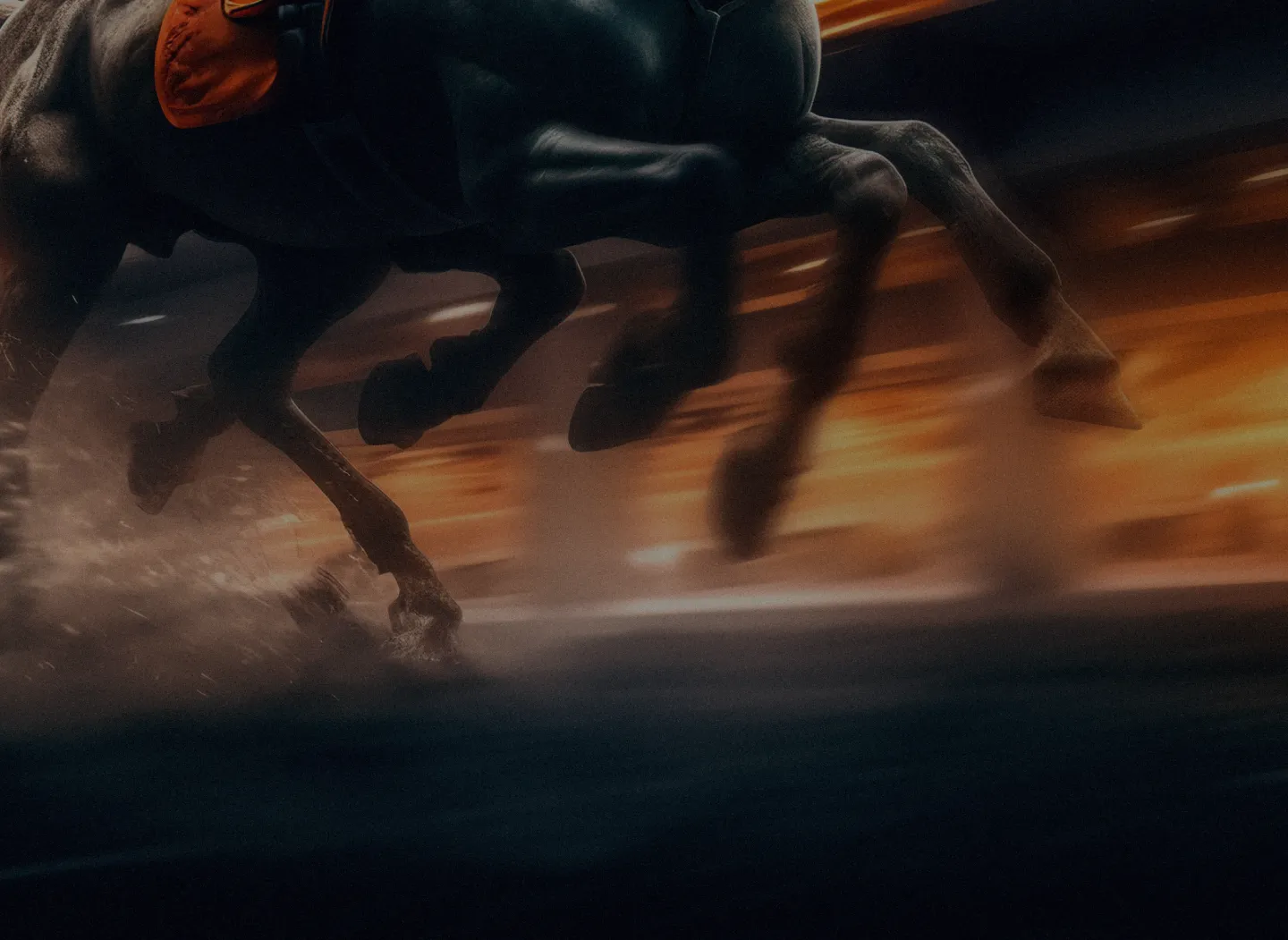Trotting, What Is It?
Trotting is a natural gait of the horse, slower than the gallop. It is symmetrical and two-beat, meaning the horse moves its front leg and the opposite hind leg simultaneously. To put it simply, the right front leg touches the ground at the same time as the left hind leg. This gait imposes a regular and constant rhythm. Of course, during races, horses are disqualified if they lose their regular trot!
And What About Galloping?
Like trotting, galloping is a natural gait of the horse. Theoretically, this gait is supposed to be four-beat, but in reality, it's often a bit more chaotic and asymmetrical, with changes in the order of leg movement to adapt to the curves of the track. Galloping is the horse's instinctive racing method and also the fastest.
🔗 You don't know Stables? Discover the Web3 game powered by PMU!
The Differences Between Trotting and Galloping
The Disciplines
Anyone who has ever set foot in a racetrack will certainly have noticed that beyond trotting and galloping, there are several disciplines. In the category of gallop, there are flat and obstacle races. The most famous are obviously the flat races, but the obstacles are no less impressive with three types of competitions: hurdles, steeplechase, and cross-country. Regarding the category of trotting, there are two types of races: harness trotting and mounted trotting.
The Gait
One of the main differences between trotting and galloping is the gait adopted by the horse. Much more restrictive for trotting races, if it is no longer perfectly regular, the horse can be disqualified. In terms of speed, the peaks are around 60 km/h (about 37 mph) for galloping and 50 km/h (about 31 mph) for trotting, which remains relatively close despite the common idea that we have of these two disciplines.
The Horse
The mythical horses of gallop races are the thoroughbreds. The English thoroughbreds are the most famous, known particularly for their long legs and explosiveness. There are others, including the Arabian thoroughbreds, characterized by their atypical head and raised tail. Concerning trotting horses, they are generally much smaller and more powerful than their counterparts. The most mythical breed is certainly the French Trotter, from Normandy and a pride of the region.
🔗 Go further with our top 5 horses that have marked the history of horse racing
The Rider
Also called a jockey in gallop races and a driver in trotting races, the rider is the athlete who accompanies the horse. They are characterized by being small and light but must be able to withstand the effort, being tenacious and physically strong. For galloping races, the jockey generally weighs between 50 and 60 kg (110-132 lbs), while the driver often weighs around 70 kg (154 lbs) in trotting races.
🔗 Discover the top 5 male jockeys in 2023
The Culture
Finally, trotting and galloping oppose each other in the soul of this sport. Much more prestigious, galloping attracts spectators of a certain social status, while trotting is more family-friendly, public, and popular. For example, owners of galloping horses are often wealthy and can pay a lot to have a well-known jockey on their horse. Trotting is different. Since trotting horses have much longer careers, they tend to be the stars.
Conclusion
Racers, you've understood that, although trotting and galloping are both horse racing, their requirements and styles are distinct. Trotting demands precision and regularity of gait, emphasizing control and technique. Gallop racing, on the other hand, emphasizes speed and endurance, with a more dynamic and spectacular dimension. These differences are also reflected in the culture of the two disciplines, contributing to the overall richness and diversity of the horse racing world.
Related posts
Discover our other articles

A look back at the inaugural race in figures

Tutorial: everything you need to know about S-Points

Lessons we've learned from the survey
Don't miss any news from Stables anymore
Want to find out more about the world of Stables? You've come to the right place.



